There are debates over whether a unit that converts battery energy to mains alternating current is technically a generator. Other terms commonly used are solar generator, portable power station or integrated power supply.
The word ‘generator’ is loosely defined as: a machine that converts one type of energy into another or one that produces electrical power.
Conventional petrol and diesel generators convert chemical energy to electrical current. The main processes here are the burning of fuel to produce mechanical energy to kinetic energy, then electrical energy (and unwanted sound energy).
Since batteries are a chemical form of energy, the conversion is also from chemical energy to electrical energy. In a battery version of a generator, this is done via an inverter to convert the direct current from the battery to the alternating current used to power mains appliances in a more straightforward process.
So it is a fair argument to suggest that these wonderful magic boxes of tricks can be called battery generators.
Unlike traditional generators that rely on fossil fuels such as petroleum or diesel, battery generators use rechargeable batteries, often lithium iron phosphate (LFP), to store energy. Here's an overview of the main components and features:
Rechargeable Battery
The core component of a battery generator, which stores electrical energy.
Common battery types include lithium-ion and LiFePO₄, known for their high energy density and long cycle life.
Inverter
Converts the stored DC (direct current) power in the battery to pure sinewave AC (alternating current) power, which is commonly used by household appliances and electronic devices.
Charging Inputs
Multiple ways to recharge the battery, including AC power (from wall outlets), DC power (from car charge).
Some models include Maximum Power Point Tracking (MPPT) controllers for efficient solar charging.
Output Ports
Various output ports to power different devices, including AC outlets, USB ports, Auxiliary DC ports, and specialized outputs like 12V carports or Anderson connectors.
Control and Display
Interfaces to monitor the battery charge status, input/output power levels, remaining usage time and if solar input is detected. This can include LCD screens, LED indicators, and sometimes app-based controls via Bluetooth or Wi-Fi.
Management and Safety
Battery Management Systems (BMS) keep the cells balanced and monitor the temperatures when in use to prevent overheating damage.
Electrical short circuit shut off is a required feature of any units that output mains power.
A battery generator is a versatile, eco-friendly alternative to traditional fuel-based generators, offering clean, quiet, and portable power solutions for a wide range of applications. With advancements in battery technology, these devices are becoming increasingly popular for both personal and professional use, providing reliable power in a compact and convenient form.
https://www.vecteezy.com/free-vector/generator Generator Vectors by Vecteezy
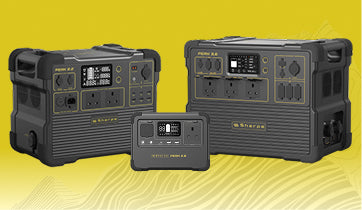
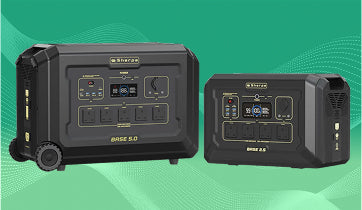
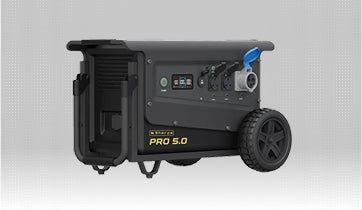
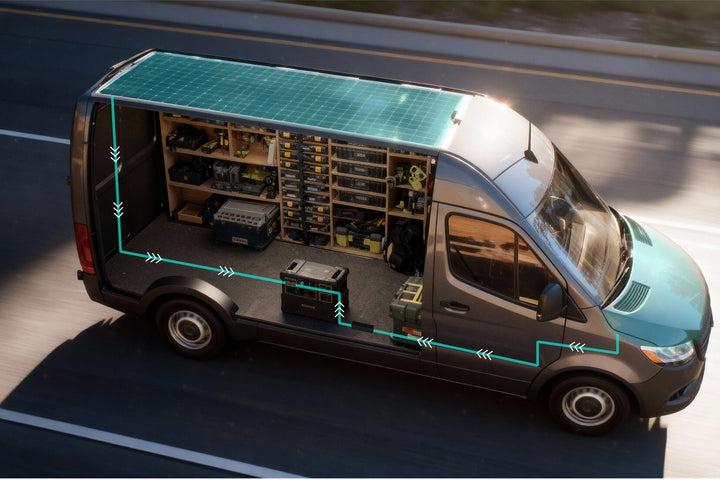
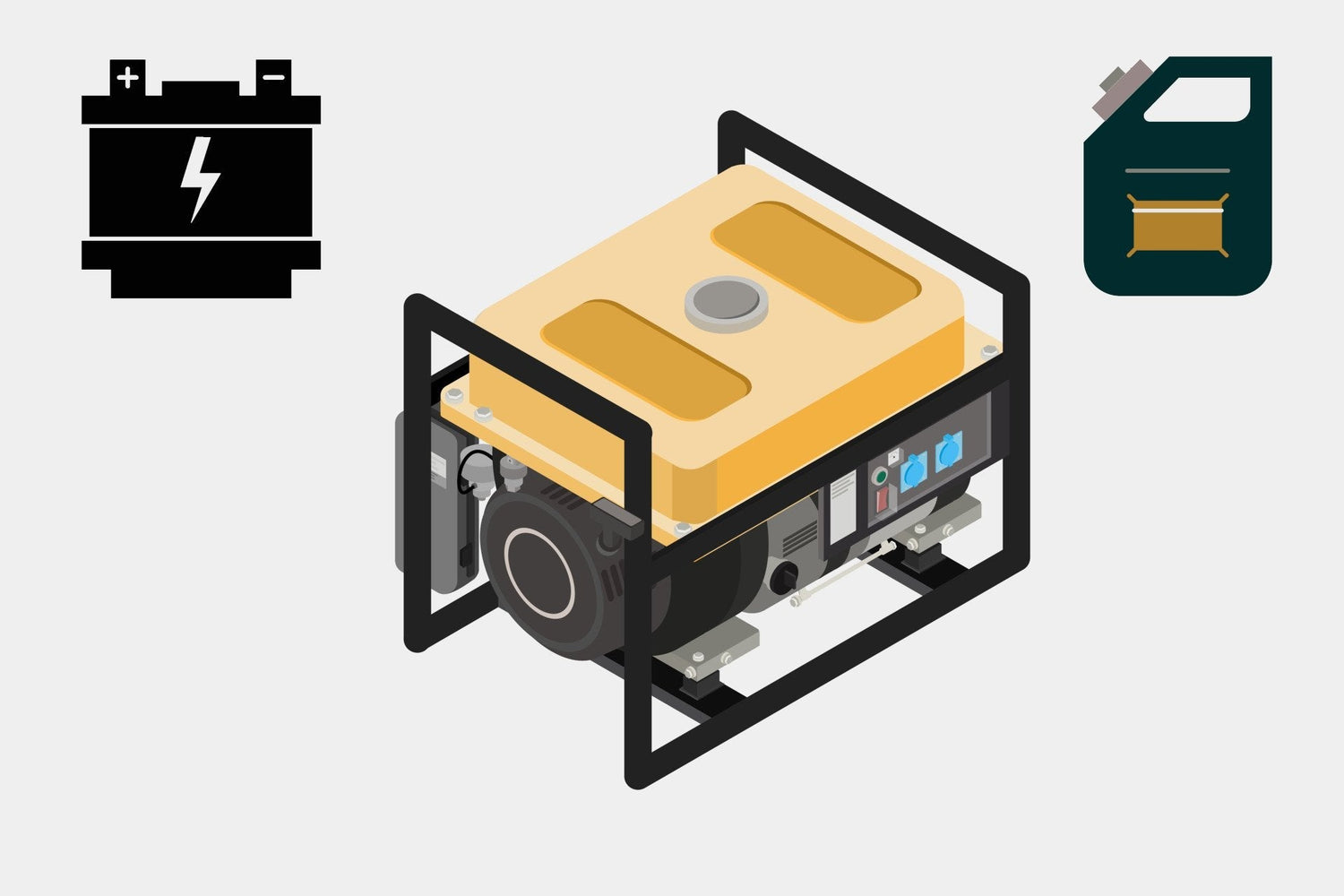
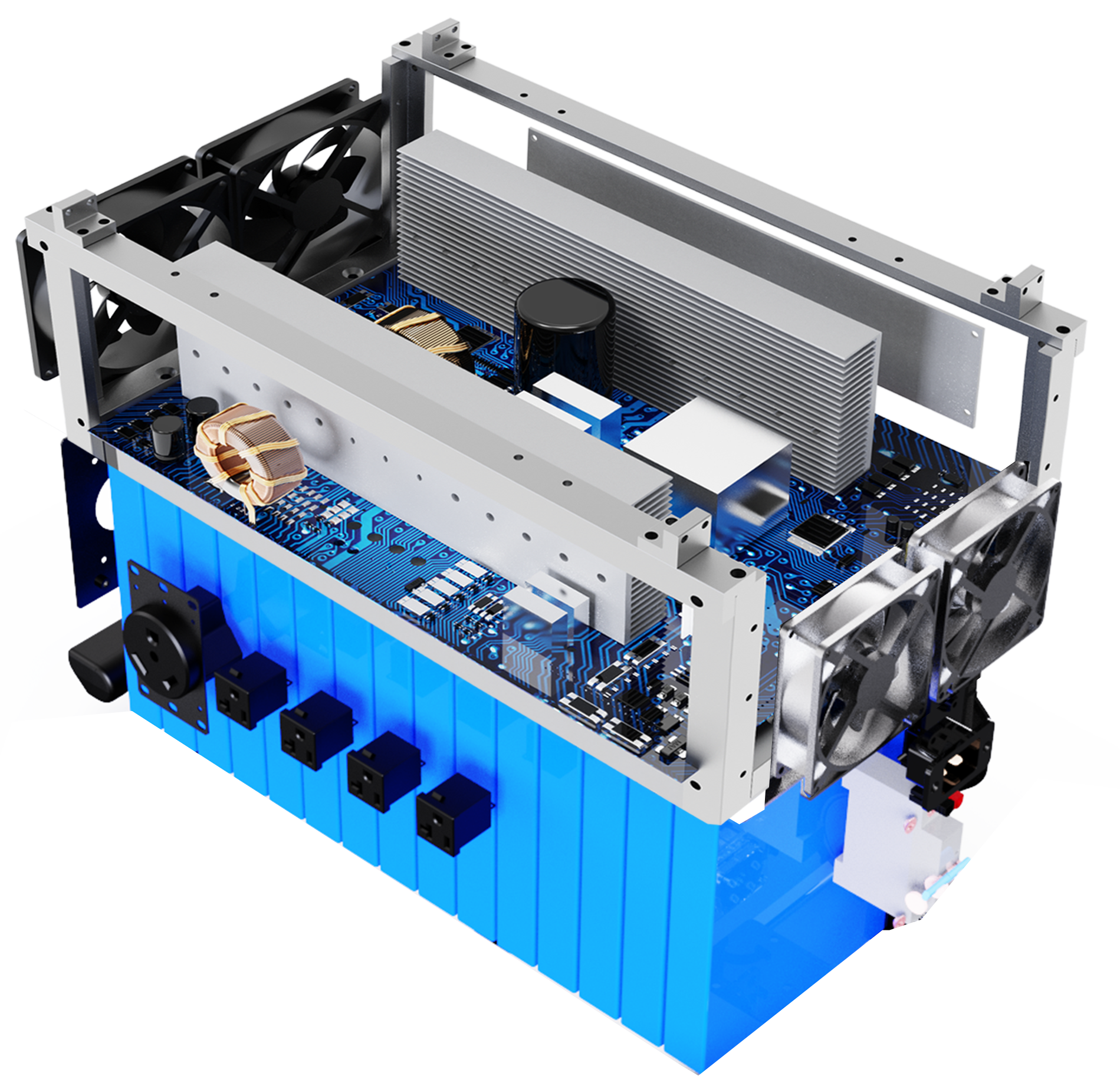

Leave a comment
All comments are moderated before being published.
This site is protected by hCaptcha and the hCaptcha Privacy Policy and Terms of Service apply.